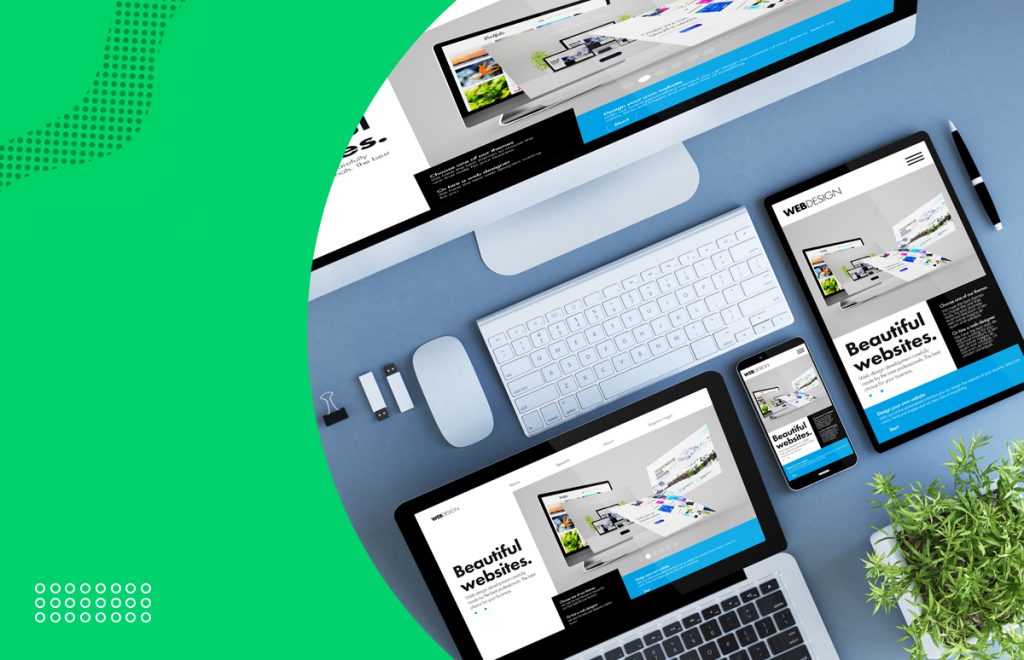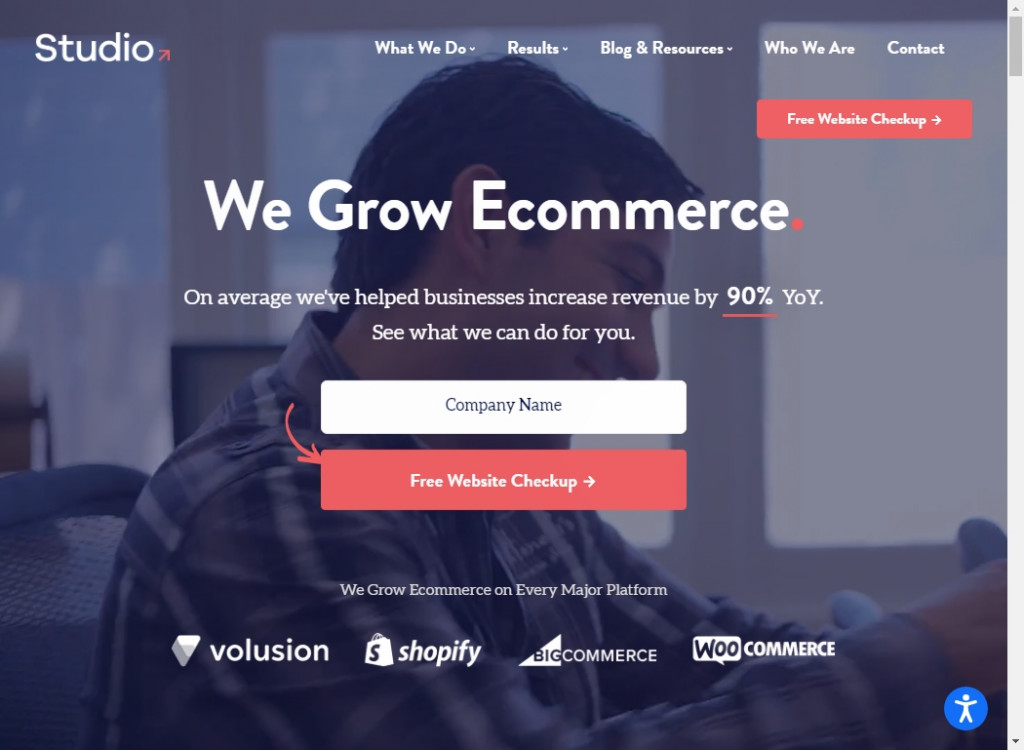The Impact of Website Design on Your Site's Search Engine Rankings
The Impact of Website Design on Your Site's Search Engine Rankings
Blog Article
Crucial Tips for Crafting High-Impact Site Styles
In the world of electronic advertising and marketing, the design of a website functions as a critical touchpoint for involving possible clients. To produce high-impact site designs, one should consider crucial aspects such as audience understanding, user experience, and aesthetic pecking order. Each of these components plays a crucial duty in not just attracting site visitors but additionally in helping with purposeful communications. Yet, the interplay between these variables can be complex and nuanced, increasing the question of exactly how to properly balance them to attain ideal outcomes. Discovering these methods can bring about transformative end results for your on the internet presence.
Understand Your Audience

To effectively recognize your audience, begin by conducting market evaluations to collect information on age, sex, area, and interests - website design. This details offers as a foundation for creating customer identities, which represent the crucial qualities of your target market. These identities overview decision-making in layout elements and material method, guaranteeing alignment with user expectations
Additionally, analyzing user habits via devices like Google Analytics can reveal just how visitors engage with your website. Metrics such as bounce rates and time on page can highlight locations that require renovation or modification. User surveys and comments likewise provide invaluable understandings right into choices and discomfort factors.
Ultimately, a deep understanding of your target market is not simply helpful yet vital. It empowers designers to develop even more pertinent, attractive, and useful web sites that foster a favorable customer experience and drive wanted results.
Prioritize User Experience
When developing a web site, prioritizing user experience (UX) is critical to accomplishing both individual satisfaction and organization goals. A well-crafted UX ensures that site visitors can browse the site easily, find the information they require, and engage with material successfully. To achieve this, it is essential to adopt a user-centered style strategy that entails understanding individual needs, preferences, and actions.
Begin by conducting complete research study, including individual studies and usability screening, to gather understandings into how customers connect with your website. This information ought to notify style choices, making sure that attributes and layouts line up with user assumptions. Structured navigating is essential; site visitors must be able to situate information promptly without unneeded clicks or complication.
In addition, think about the filling rate of your internet site. A slow-loading website can lead to high bounce prices, negatively influencing individual experience. Maximize images and scripts to enhance efficiency.
Lastly, make certain that your site comes to all users, including those with disabilities. Abiding by ease of access criteria not only broadens your audience but also fosters inclusivity. By focusing on UX, you lay the structure for a successful website that meets both individual needs and organization goals.
Embrace Visual Pecking Order
A well-structured visual hierarchy plays a considerable role in enhancing user experience by guiding visitors' focus to one of the most important elements of a website (website design). By purposefully organizing web content, developers can produce a clear course for read here users to adhere to, guaranteeing they involve with essential info properly
To carry out aesthetic power structure, start by utilizing dimension and scale. Bigger aspects naturally attract the eye, making them excellent for headlines or phones call to action. Complement this with contrasting shades that highlight key locations, as vibrant hues can produce prime focus that record attention.
Furthermore, the positioning of aspects on the page is critical. Leading the audience's stare with the layout can be achieved by placing critical info on top or in the facility, where individuals normally start their aesthetic journey. Including whitespace around aspects can additionally improve clarity, making it much easier for individuals to refine information without really feeling bewildered.
Last but not least, employing typography properly contributes to visual pecking order. Various font style weights, styles, and dimensions can denote value, assisting customers with the material seamlessly. By accepting these principles, developers can produce an user-friendly experience that cultivates engagement and motivates users to explore further.
Optimize for Mobile
Mobile optimization is vital in today's electronic landscape, as a significant section of internet traffic comes from mobile phones. To ensure a smooth user experience, sites need to be made with mobile individuals in mind. This includes utilizing receptive internet style methods that adapt the format, pictures, and text to fit various display dimensions while preserving performance and appearances.

Touch targets, such as web links and buttons, should be appropriately sized, ensuring they are easily tappable without errors. Guarantee that forms are mobile-friendly by lessening input areas and using dropdowns where relevant, streamlining the user experience.
Lastly, examination your site throughout different mobile phones and browsers to recognize any kind of concerns that might influence usability. By prioritizing mobile optimization, you not just enhance customer fulfillment however likewise positively impact your site's online search engine ranking, thus bring in more site visitors and enhancing general involvement.
Implement Solid Branding
A well-defined brand name not only differentiates you from competitors yet likewise promotes trust fund and loyalty among your target market. This identity must be reflected continually across all digital touchpoints, including your web site, social media, and e-mail interactions.
Visual components such as logo designs, color pattern, and typography play a crucial function in branding. Choose a shade combination that reverberates with your target audience and reflects your brand personality. Ensure that your logo design is functional and prominently shown on your internet site, boosting brand name recognition.
Content is equally crucial; your tone of voice must straighten with your brand name identity, whether it's expert, friendly, or reliable. Engaging narration can even more enhance your brand name, producing a psychological link with individuals.
Final Thought
In conclusion, crafting high-impact site designs demands a multifaceted approach that encompasses understanding the target market, focusing on customer experience, and accepting visual pecking order. By incorporating these elements, websites can effectively engage customers, help with smooth navigating, and foster emotional connections that improve brand name identification.
To develop high-impact website styles, one need to think about necessary aspects such as target market understanding, customer experience, and aesthetic hierarchy.When creating a site, prioritizing user experience (UX) is vital to accomplishing both user contentment and company purposes.Begin by conducting thorough study, including individual surveys and usability screening, to gather understandings into exactly how individuals communicate with your site. To make certain a seamless individual experience, internet sites need to be created with mobile customers in mind.In conclusion, crafting high-impact site layouts demands a multifaceted technique that incorporates recognizing the click here to read audience, focusing on individual experience, and welcoming aesthetic power structure.
Report this page